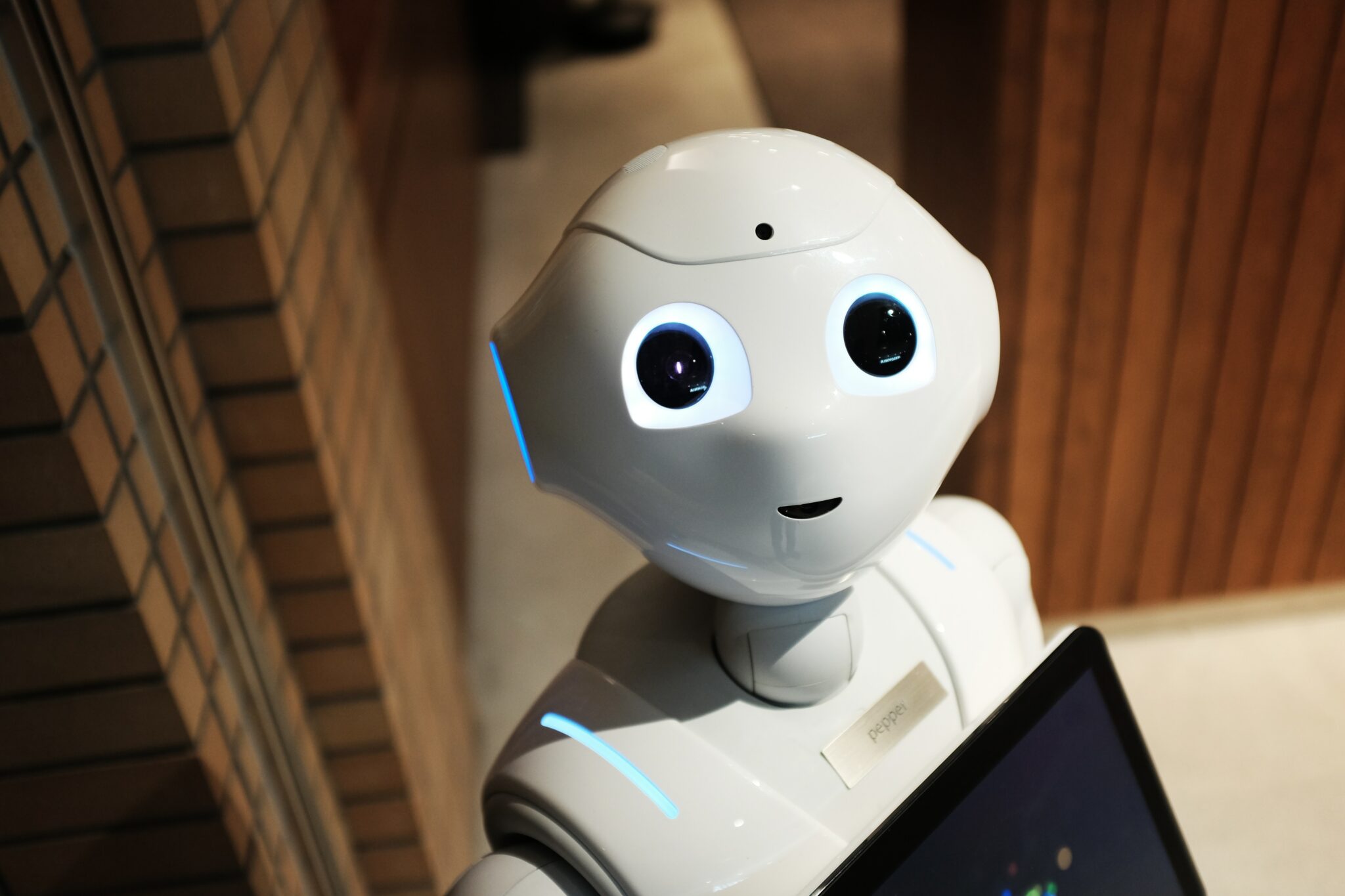Internet of Things (IoT) is changing the way we live and work. All over the world, people, devices and even buildings are being connected to make life more fun, easy and faster. Not surprisingly, IoT is also taking an increasingly clear place in the healthcare ICT landscape.

Doctors, patients, mobile devices and even hospital beds: everything talks to each other through an Internet connection. Developments among manufacturers of IoT sensors and applications are also rapidly following one another. By making careful use of the developments in these smart "things," you can make great strides as a healthcare institution. I have listed a number of interesting applications of Internet of Things in healthcare and tips for the future in this blog.
Wireless sensor tags can be used in healthcare in a variety of ways, for example to track people in a healthcare facility. If you do not link the sensor tags to personal data, but use anonymous WiFi tags that patients return after their visit, you gain insight into where patients are and what their average length of stay is. This provides interesting insights that you can use, for example, to reduce waiting times at the outpatient clinic.
A good example close to home: InterSystems, together with its cooperation partner STANLEY Healthcare, developed a Real Time Location System (RTLS) that enables hospitals to monitor the flow of patients and the work flow of staff.
You can also extend this track & trace functionality to the length of stay in the operating room and recovery room. This way you can reduce the throughput in the recovery room and thus the length of stay in the operating room. If you take into account in the implementation plans that you want to link different applications to the sensor tags in the future, you can make convenient use of new applications.
Hospitals work extensively with the HL7 standard to exchange information between computers. HL7 consists of several communication standards, each with their own areas of application. Because mobile devices and the exchange of data between them are increasingly used in healthcare, a special HL7 standard was developed for this purpose: FHIR, which stands for Fast Healthcare Interoperability Resources. The FHIR communication standard makes use of various Web technologies such as HTTPS and XML, thus aligning well with the techniques of mobile devices, making it very relevant for IoT applications. FHIR uses standard building blocks that can be built out as needed to meet specific integration needs, similar to a Lego package.
Setting up applications to work with different communication standards, however, is quite pricey for developers. But by working with a data platform, you can store the data centrally so that application builders can use it and hook their applications to it.
In addition to the fact that application possibilities and communication standards are expanding, the number of different mobile devices used in a healthcare facility is also increasing. Individuals can use tablets, smartphones and smartwatches to communicate and exchange data with other healthcare providers, with patients, with sensors and with information systems. Several manufacturers are working on convenient sensors, so the number of sensor types is also growing rapidly.
However, many standards for sensors are still in the early stages. This sometimes makes it quite a challenge for developers to develop applications that are suitable for the various devices. But when developers can use an interoperability layer, different brands, models and even new sensor types can be supported. This eliminates the need to redevelop the application or modify its code with each new sensor.
Smart objects that can communicate with each other are of enormous value in healthcare. IoT applications are especially useful for information about workflows: they provide insight into the various dimensions of a patient's visit to a healthcare facility. You can then make better plans based on this. If you ensure proper integration with an Electronic Patient Record (EPD), the individual elements of a patient's visit can also be registered from head to tail. And you can compare the associated costs as well as the results of the patient's visit or treatment. As the possibilities for integration with the EPD increase, a more holistic view of healthcare costs will emerge. An interesting future development.
To properly exploit the above possibilities of IoT, it is useful to work with a platform and database in which the data from sensors and other structured, unstructured and semi-structured data are stored, managed and used. So that application developers can make use of this centrally stored data.
In this regard, it is important to check whether the data platform offers expansion possibilities for new functionalities, communication standards, sensors and links to existing structures such as an EPD. So that, as an organization, you become future proof and, with a careful policy, you can continue to grow along with the promising developments of Internet of Things.
This article can also be found in the Internet of Things and Privacy in Healthcare dossier

